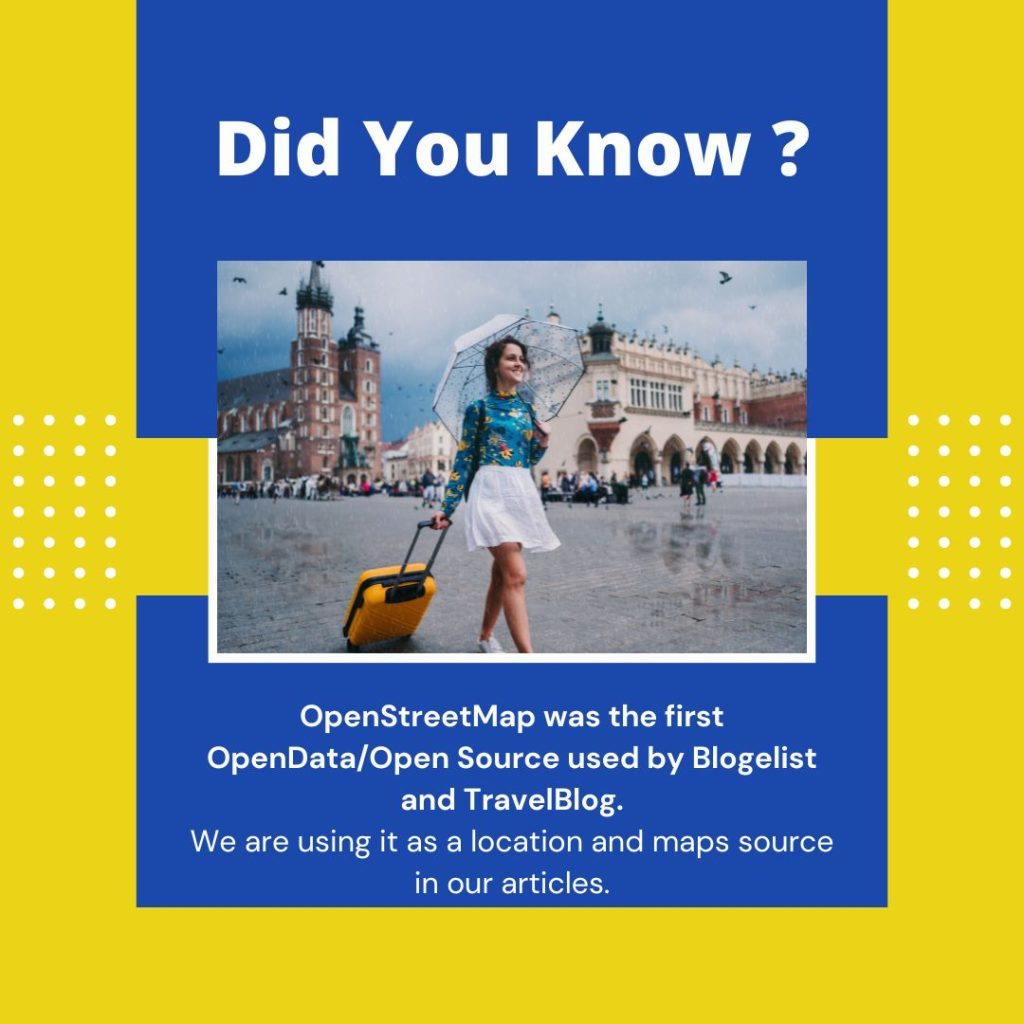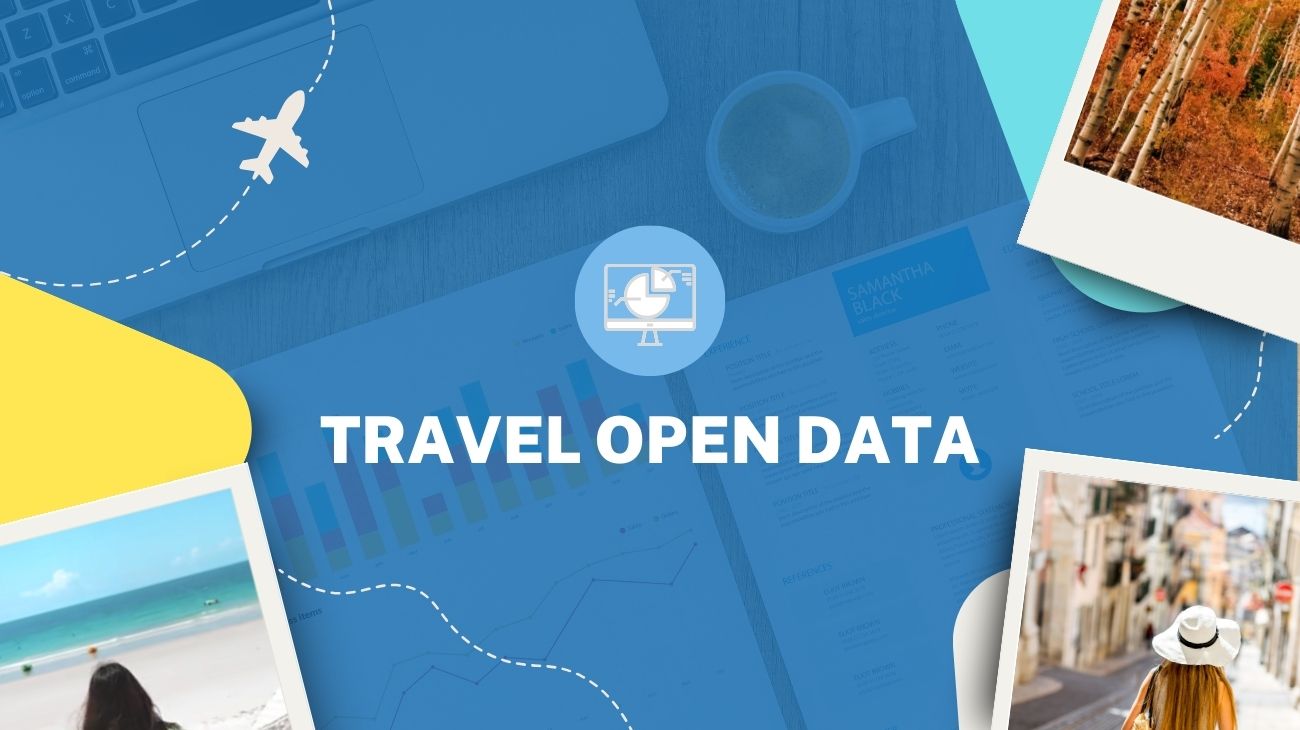Open Data refers to the practice of making data freely available for public use and redistribution. In the realm of travel and transportation, Travel Open Data plays a crucial role in revolutionizing the industry. By providing access to information such as routes, schedules, traffic data, and real-time updates, Open Data enhances the travel experience for individuals and fosters innovation among developers and entrepreneurs. With Travel Open Data, travelers can make more informed decisions, while businesses and developers can create innovative solutions to improve efficiency and customer satisfaction.
Understanding Travel Open Data
Benefits of Travel Open Data
- Enhanced Decision-Making: With access to Travel Open Data, travelers can make more informed decisions regarding their journeys, considering factors like routes, schedules, and real-time updates.
- Innovation and Efficiency: Travel Open Data opens up opportunities for businesses and developers to create innovative solutions that improve efficiency and enhance customer satisfaction within the travel industry.
- Collaboration and Growth: By freely sharing data, Travel Open Data fosters collaboration among stakeholders, leading to collective growth and advancements in the travel and transportation sector.
Key Components
Data Sources and Providers
Data Sources and Providers are key components of Travel Open Data. These entities play a crucial role in collecting and providing the necessary data for travelers and developers. Reliable and diverse data sources ensure that accurate and up-to-date information is available, while trustworthy providers facilitate the accessibility and usability of the data. By establishing a robust network of data sources and providers, the travel industry can effectively harness the power of Travel Open Data for the benefit of all stakeholders.
Data Formats and Standards
Data Formats and Standards are essential aspects of Travel Open Data. They govern the structure and organization of the data, ensuring compatibility and interoperability across different systems and platforms. By adhering to standardized formats, such as XML or JSON, and implementing commonly accepted data standards, the travel industry can seamlessly exchange and utilize travel-related information. This promotes efficiency, consistency, and enables the development of innovative applications and services based on Travel Open Data.
Impact on Public Transport
Improving Route Planning
Improving route planning is a crucial aspect of utilizing Travel Open Data in the context of public transport. Access to comprehensive and real-time travel data enables transport authorities and service providers to optimize route planning, leading to more efficient and reliable transportation services for the public. By leveraging Travel Open Data, public transport systems can enhance their operations, minimize delays, and provide commuters with accurate and up-to-date information for seamless travel experiences. Example Travel Open Data in Public Sector, please check previously described in our blogs Berlin OpenData.
Real-Time Updates for Commuters
Real-time updates for commuters are a significant benefit of utilizing Travel Open Data in the realm of public transport. By accessing and leveraging comprehensive and up-to-date travel data, transport authorities and service providers can provide commuters with timely and accurate information regarding routes, schedules, and potential disruptions. This ensures that commuters have the necessary information to make informed decisions and experience smoother and more reliable journeys.
Tools and Platforms
Data Visualization and Mapping
Data Visualization and Mapping tools and platforms play a crucial role in harnessing Travel Open Data for public transport systems. These tools allow transport authorities and service providers to visually represent travel data, such as routes, stops, and real-time updates on maps and charts. By presenting information in a clear and intuitive manner, commuters can easily understand and navigate the public transport network, leading to improved efficiency and a better travel experience.
Example Tools:
- Google Maps API: Google Maps API enables developers to integrate dynamic maps into their applications. It can be used to visualize travel data, such as public transport routes, stops, and real-time updates. Custom markers and overlays can enhance the representation of Open Data. (Link)
- Mapbox: Mapbox provides mapping and location data services. It allows you to design custom maps with various styles and layers. Mapbox can be used to create visually appealing and highly customizable maps for displaying Open Data related to travel and transportation. (Link)

APIs for Developers
APIs (Application Programming Interfaces) are essential tools for developers when working with Travel Open Data. These APIs provide developers with access to a wealth of travel information, enabling them to integrate and utilize this data in their own applications and services. By leveraging APIs, developers can create innovative solutions that enhance the travel experience by offering features such as real-time updates, route planning, and personalized recommendations. APIs empower developers to build robust and user-friendly travel applications, contributing to the overall advancement of Travel Open Data initiatives.
Challenges and Future Trends
Data Privacy and Security
Ensuring data privacy and security is a critical concern in the realm of Travel Open Data. As more sensitive information becomes accessible through APIs, safeguarding personal data and protecting against potential breaches becomes paramount. Implementing robust encryption protocols, strict access controls, and comprehensive security frameworks are essential to maintaining the trust and confidence of users. As the travel industry continues to embrace open data initiatives, addressing these challenges will be pivotal in shaping a secure and privacy-focused future.
Expanding Data Accessibility
Expanding data accessibility is a key focus in the realm of Travel Open Data. By ensuring that data is widely available and easily accessible, it enables developers and users to leverage its potential for innovation and improvement. Embracing standardized formats, enhancing data sharing agreements, and fostering collaboration between stakeholders are crucial steps towards achieving greater data accessibility in the travel industry. As the demand for open data grows, addressing these challenges will pave the way for a more inclusive and data-driven future.
Summary
In conclusion, the availability of more APIs and Travel Open Data plays a crucial role in enhancing the quality of products and services provided to customers. By leveraging these resources, travel companies can offer innovative solutions and personalized experiences that meet the evolving needs of their customers. As we continue to embrace the power of technology and data, it is essential to advocate for the use of Travel Open Data and encourage its widespread adoption. Together, let’s drive the travel industry forward and create a future of seamless and enriching travel experiences. Share this blog post on social media to spread the word and inspire others to join this transformative journey.
Our Travel Resources
Please see most important links to our Travel Resources:
- Travel 101 (Including Checklists, …)
- Plan & Book
- Travel Deals
- Travel Guides
- Infographics: Travel and Transport
- Our Youtube Travel Playlist
Our Social Media
I encourage you to subscribe to us on your favorite social media platform to get updates on when we will publish new articles:











